Black Kite
Posted: Sat Dec 15, 2012 4:32 am
126. Black Kite Milvus migrans (Swartwou)
Order: Accipitriformes. Family: Accipitridae
Description
Size 51-60 cm. The upper plumage is brown but the head and neck tend to be paler. The patch behind the eye appears darker. The outer flight feathers are black and the feathers have dark cross bars and are mottled at the base. The lower parts of the body are pale brown, becoming lighter towards the chin. The body feathers have dark shafts giving it a streaked appearance. The cere and gape are yellow, but the bill is black. The legs are yellow and the claws are black. The sexes are alike.
Juvenile has buffy feather margins.
Similar species: Differs from similarly sized Steppe Buzzard by longer, forked tail and narrower wings which are more acutely angled backwards in flight. African Marsh-Harrier has a longer, square-ended tail and flies with the wings canted up; Black Kite has floppy flight action and twists its long tail for steering. It differs from Yellow-billed Kite in having a black bill (but a yellowish cere), a paler, greyer head and a less deeply forked tail.
Distribution
It breeds across much of Eurasia, heading south in the non-breeding season to Madagascar and sub-Saharan Africa. In southern Africa it occurs in patches of Namibia, northern Botswana and South Africa,
Habitat
Diverse; from forest edge to savanna and semi-desert, generally preferring woodland habitats. Often found in flocks at termite emergences.
Movements and migrations
Palearctic breeding migrant, arriving in southern Africa at the start of the rains in October or November. It leaves just before the end of the rainy season, in March.
Diet
It eats a wide variety of animals, typically searching for prey aerially; it uses the style of flight characteristic of kites, as it swivels its tail horizontally to steer accurately. Once it spots something, it rapidly swoops to the ground to catch the prey item.
Breeding
The nests are built on tree branches, cliff ledges, pylons or buildings and are made from sticks and twigs lined with softer material, often comprised of rags and plastic. The typical clutch size is two to three eggs which are incubated by the female for around a month before hatching. The young fledge after 42-56 days and become independent another 15 to 50 days later.
Call
A high-pitched, shrill whinnying call.
Listen to Bird Call: http://www.xeno-canto.org/species/Milvus-migrans
Status
Locally common non-breeding summer visitor.
Order: Accipitriformes. Family: Accipitridae
Description
Size 51-60 cm. The upper plumage is brown but the head and neck tend to be paler. The patch behind the eye appears darker. The outer flight feathers are black and the feathers have dark cross bars and are mottled at the base. The lower parts of the body are pale brown, becoming lighter towards the chin. The body feathers have dark shafts giving it a streaked appearance. The cere and gape are yellow, but the bill is black. The legs are yellow and the claws are black. The sexes are alike.
Juvenile has buffy feather margins.
Similar species: Differs from similarly sized Steppe Buzzard by longer, forked tail and narrower wings which are more acutely angled backwards in flight. African Marsh-Harrier has a longer, square-ended tail and flies with the wings canted up; Black Kite has floppy flight action and twists its long tail for steering. It differs from Yellow-billed Kite in having a black bill (but a yellowish cere), a paler, greyer head and a less deeply forked tail.
Distribution
It breeds across much of Eurasia, heading south in the non-breeding season to Madagascar and sub-Saharan Africa. In southern Africa it occurs in patches of Namibia, northern Botswana and South Africa,
Habitat
Diverse; from forest edge to savanna and semi-desert, generally preferring woodland habitats. Often found in flocks at termite emergences.
Movements and migrations
Palearctic breeding migrant, arriving in southern Africa at the start of the rains in October or November. It leaves just before the end of the rainy season, in March.
Diet
It eats a wide variety of animals, typically searching for prey aerially; it uses the style of flight characteristic of kites, as it swivels its tail horizontally to steer accurately. Once it spots something, it rapidly swoops to the ground to catch the prey item.
Breeding
The nests are built on tree branches, cliff ledges, pylons or buildings and are made from sticks and twigs lined with softer material, often comprised of rags and plastic. The typical clutch size is two to three eggs which are incubated by the female for around a month before hatching. The young fledge after 42-56 days and become independent another 15 to 50 days later.
Call
A high-pitched, shrill whinnying call.
Listen to Bird Call: http://www.xeno-canto.org/species/Milvus-migrans
Status
Locally common non-breeding summer visitor.
 © nan
© nan © nan
© nan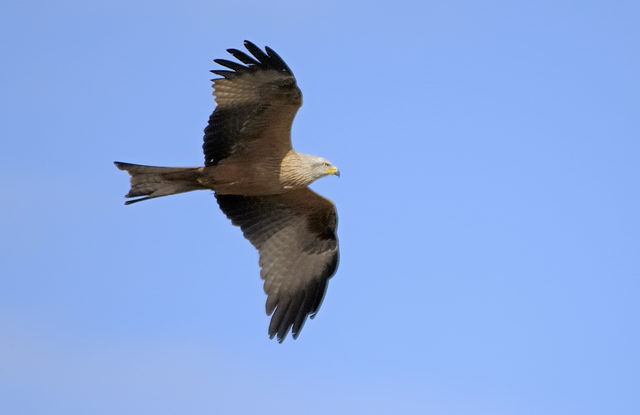 © Dewi
© Dewi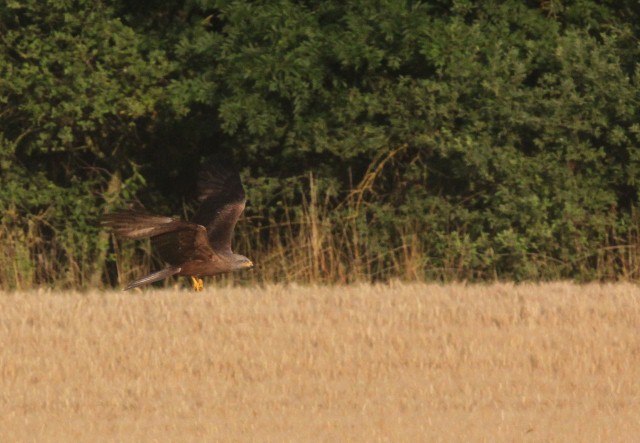
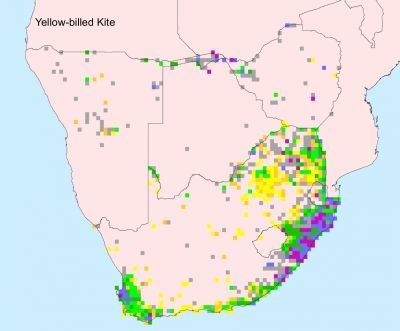
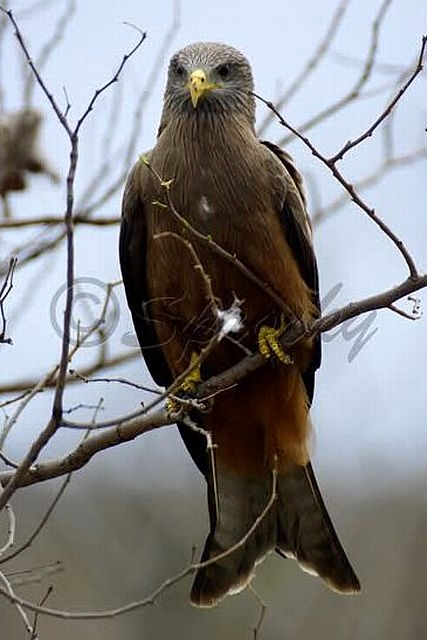
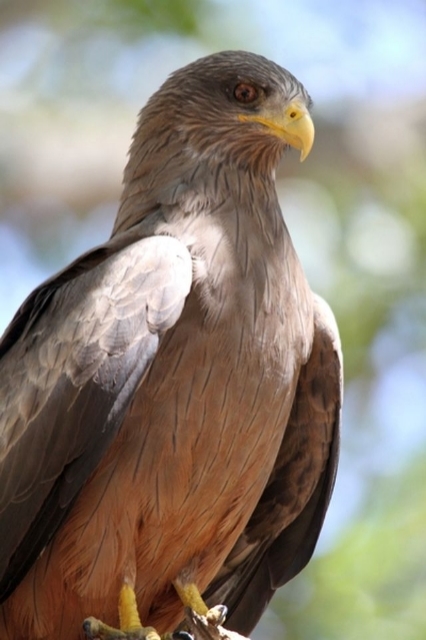 © Super Mongoose
© Super Mongoose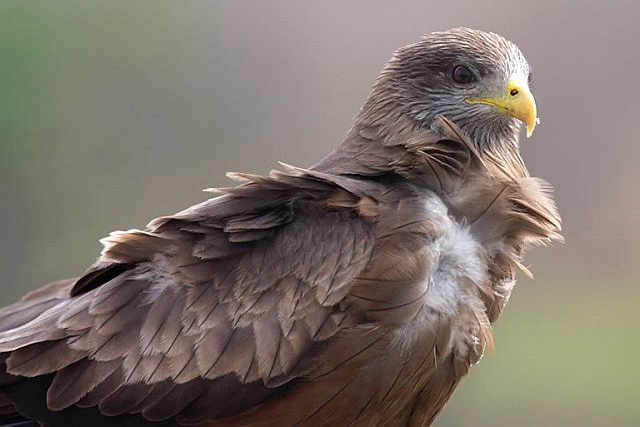 © leachy
© leachy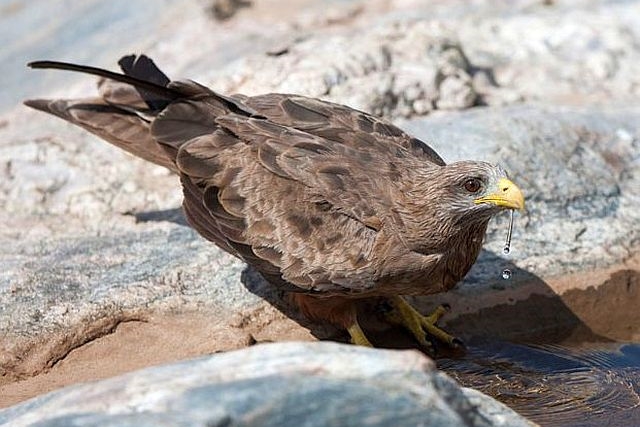 © Pumbaa
© Pumbaa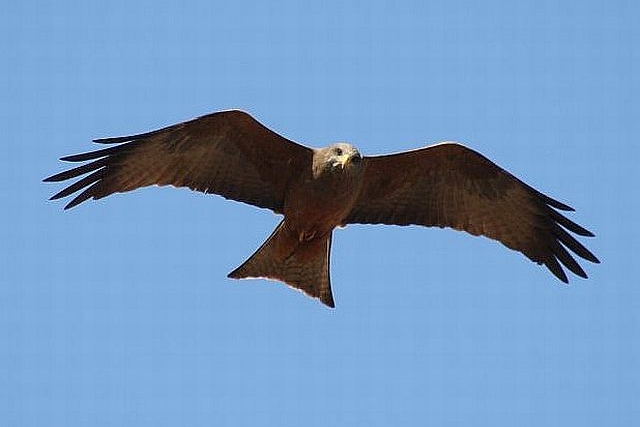 © Flutterby
© Flutterby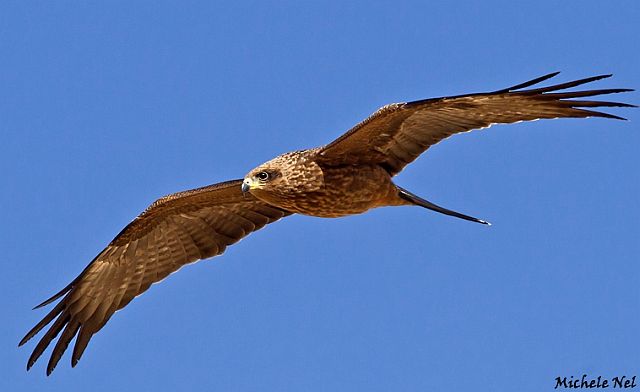 © Michele Nel
© Michele Nel © BluTuna
© BluTuna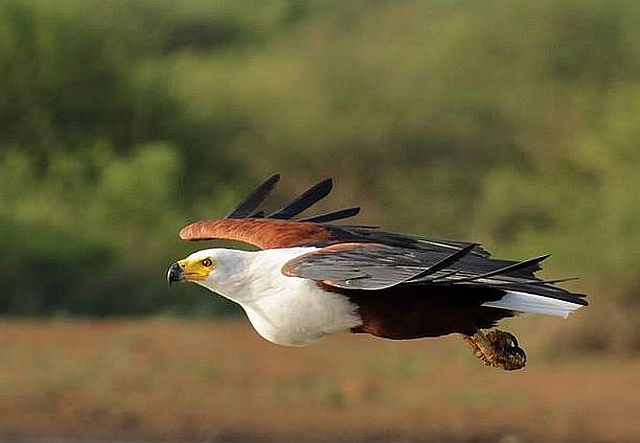 © leachy
© leachy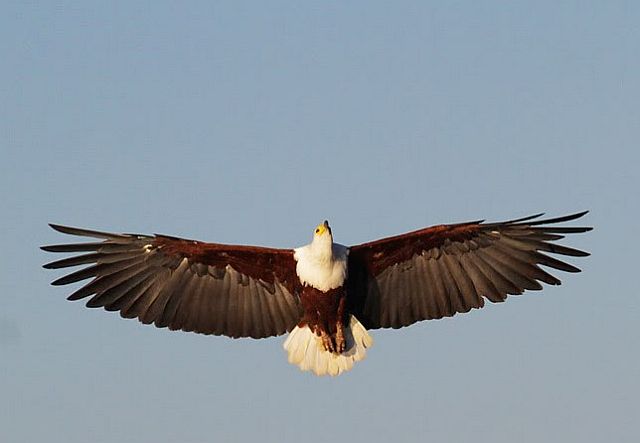 © leachy
© leachy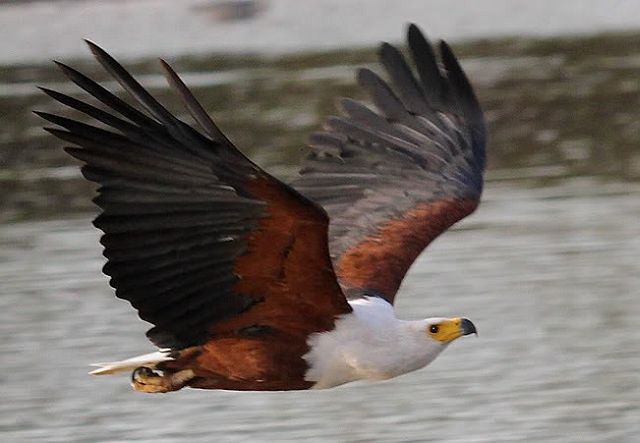 © leachy
© leachy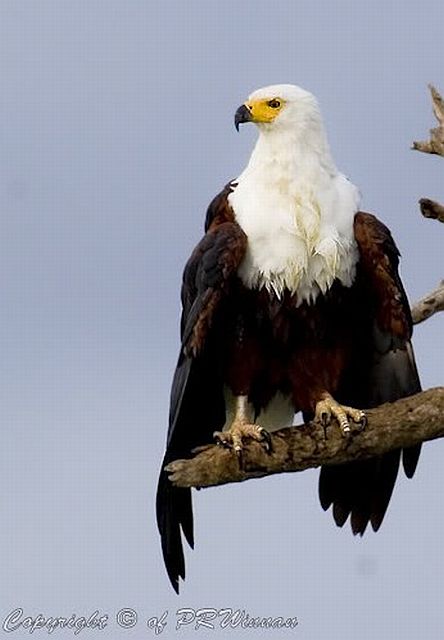

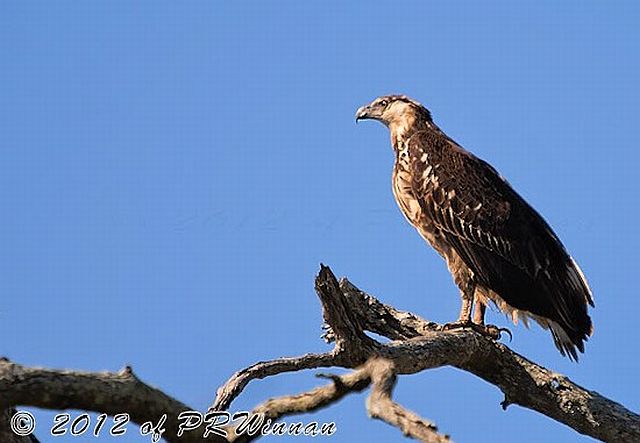
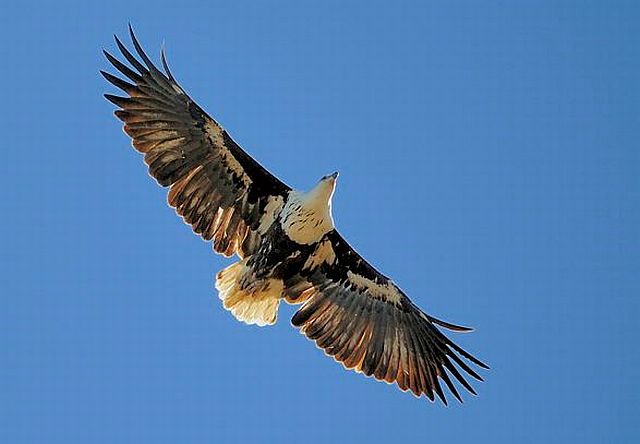 Juvenile © Dewi
Juvenile © Dewi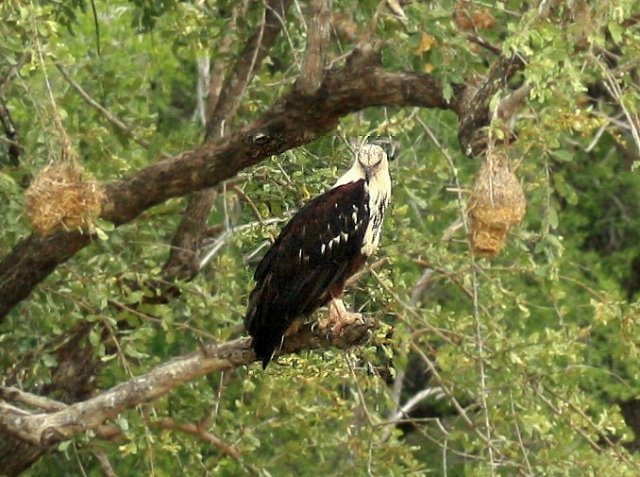 © Flutterby
© Flutterby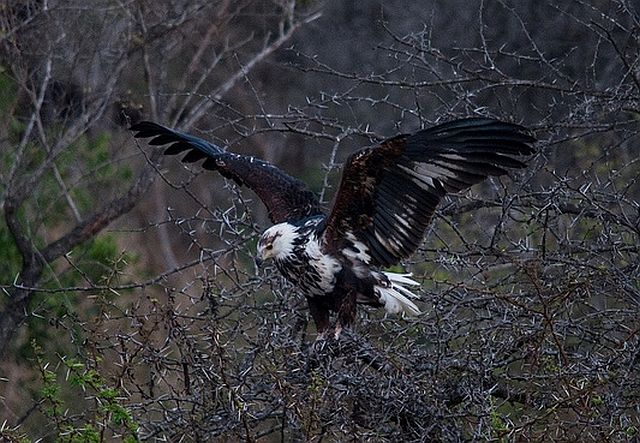 © steamtrainfan
© steamtrainfan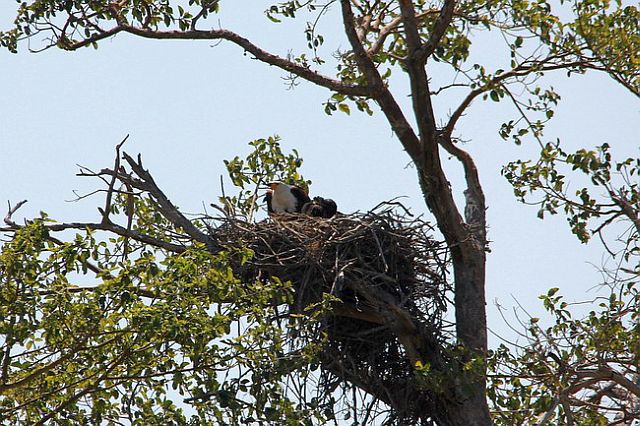 © Bushcraft
© Bushcraft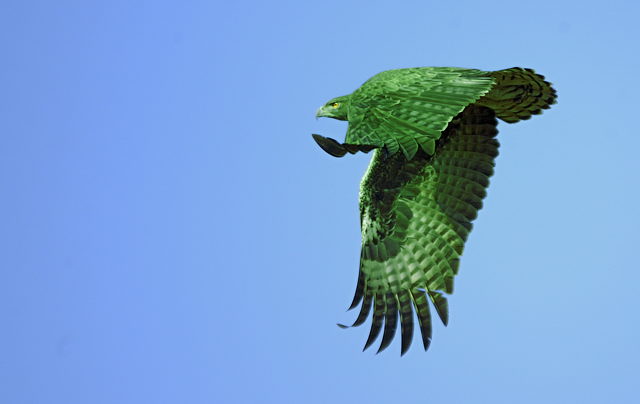
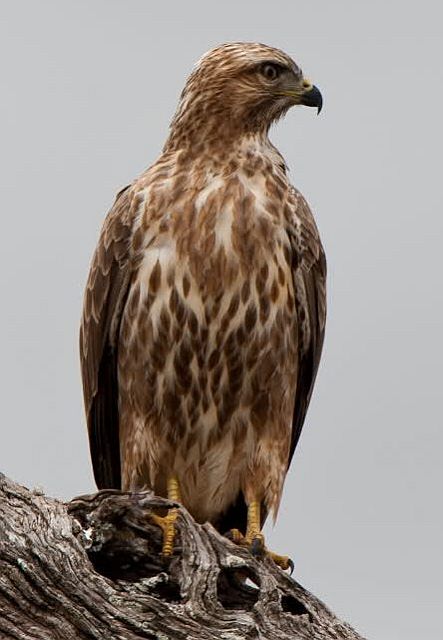 © Pumbaa
© Pumbaa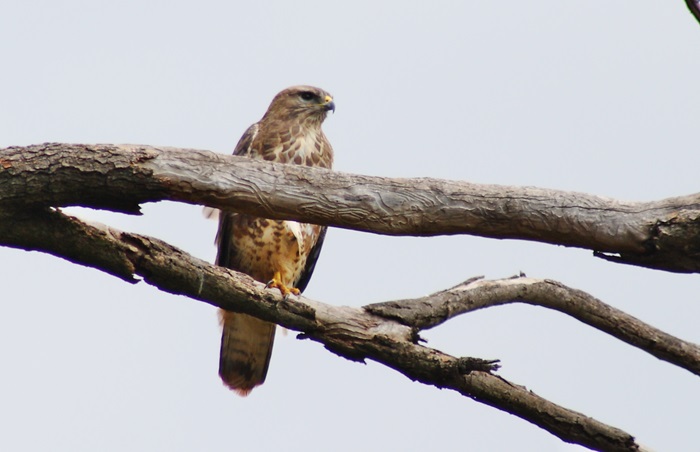 © Flutterby
© Flutterby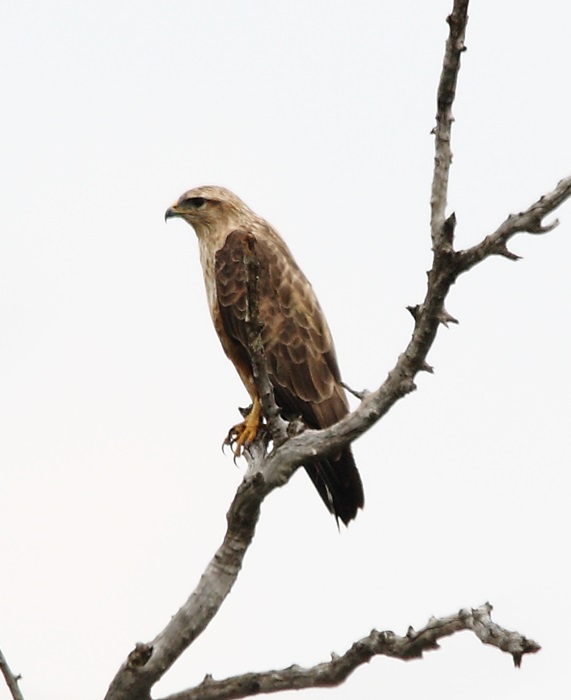 © Flutterby
© Flutterby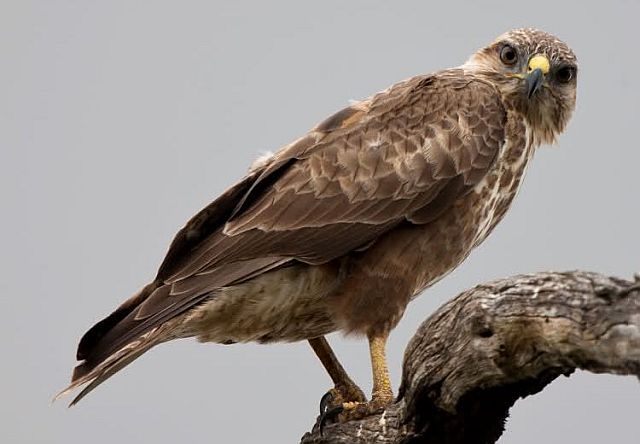
 © Mel
© Mel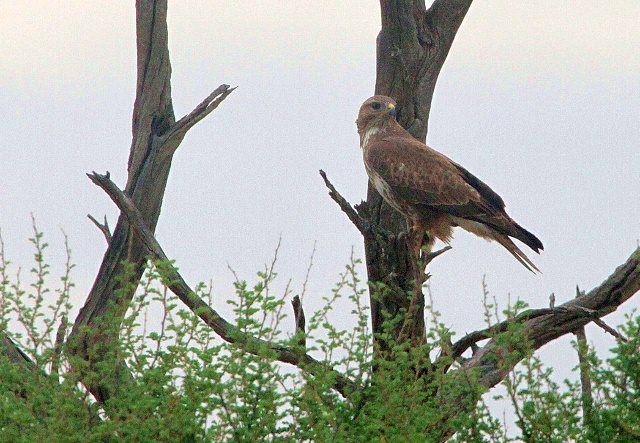 © nan
© nan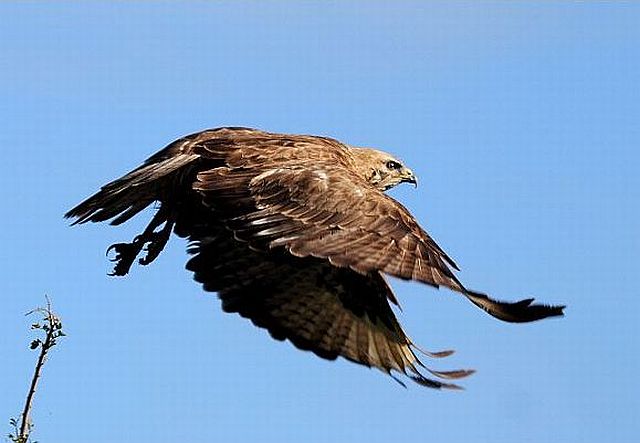 © Sharifa
© Sharifa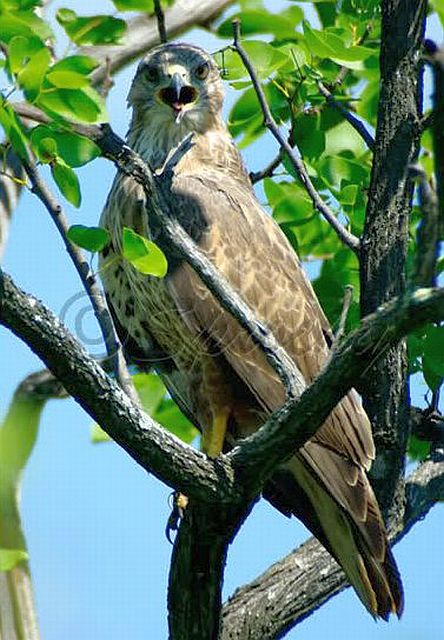 © Sprocky
© Sprocky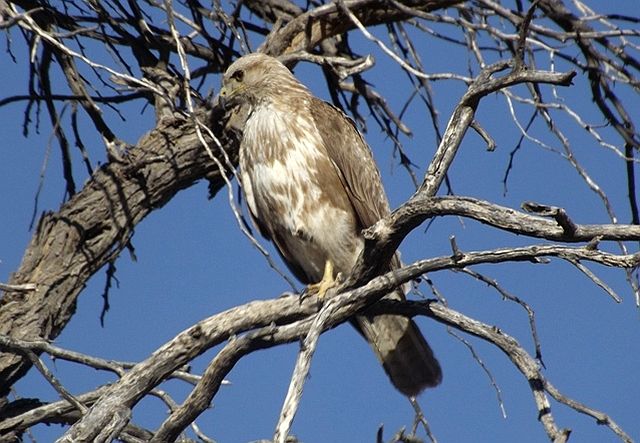 © pooky
© pooky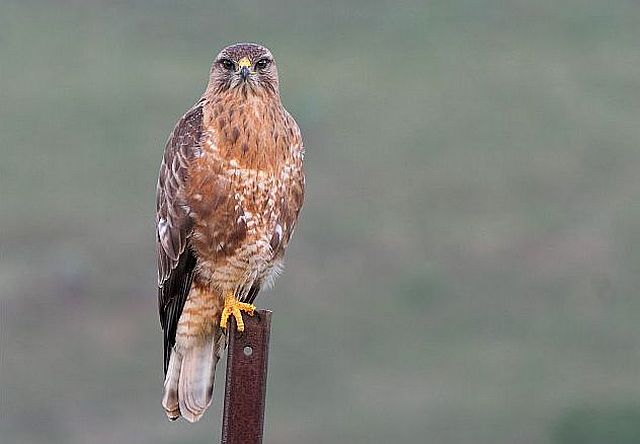 © Duke
© Duke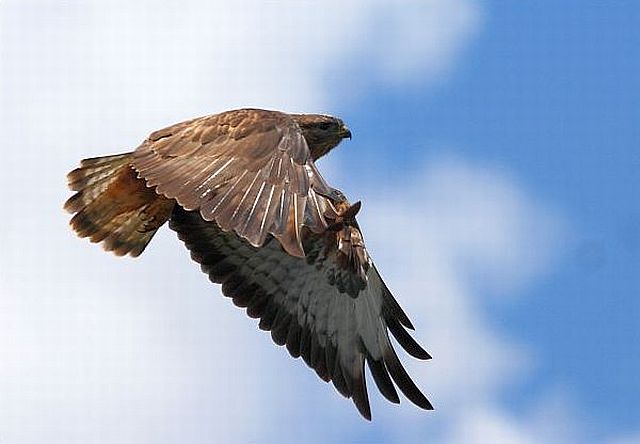 © Duke
© Duke